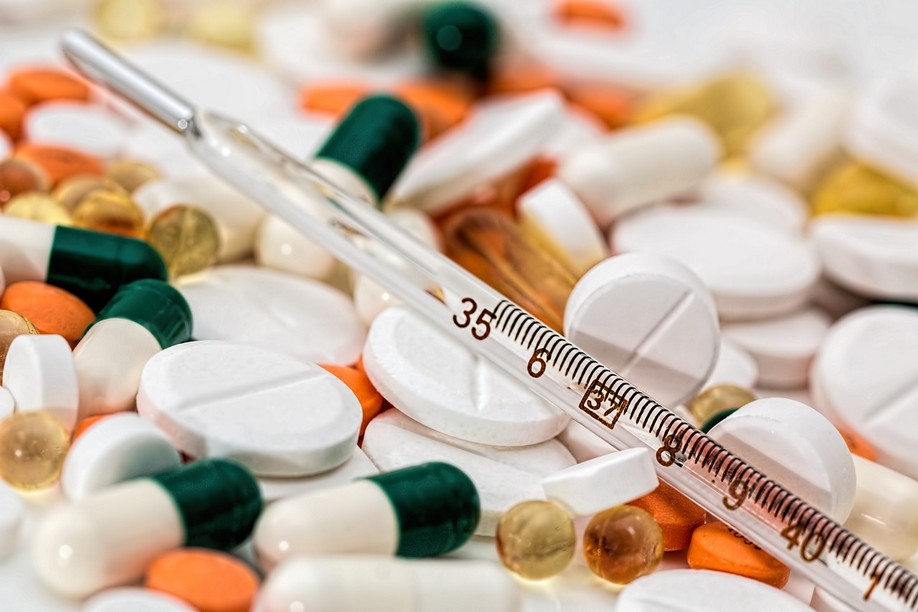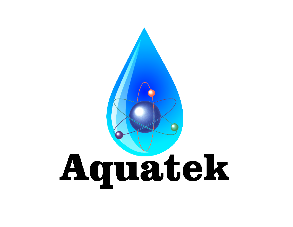Drugs in the water
Are there drugs in the water?
Q:
I was listening to you speak the other day and you said, “there are drugs in the drinking water”; is this true?
A:
Yes. This is true! There are cases reported where, drugs have been found in the drinking water. It has been reported for quite a while by people in the medical, scientific and other fields of research. The water quality Association has antibiotics listed on their list of contaminants of emerging concern and in an investigation by the Associated Press, drinking water supplies in 24 major metropolitan areas were found to include drugs.

According to the investigation coducted by the Associated Press, the drugs get into the drinking water supply through several routes: some people flush unneeded medication down toilets; other medicines get into the water supply after people take medication, the body absorbs some, and then passes the rest out in urine or feces. Some pharmaceuticals remain even after wastewater treatments and cleansing by water treatment plants, the investigation showed.
As the population grows, so does the amount of possible drug contamination of the water supply. Water treatment facilities make an earnest effort to keep up with the ever increasing demand for clean drinking water but, a lot of municipalities need major funding for upgrades. The price tag of merely maintaining the current treatment systems are so staggering that, upgrades are often moved to the back burner.
The removal of drugs from the water supply is difficult because, the manufacturers are not going to reveal the chemical compounds used to manufacture the drugs. So, we must look at all drugs as a whole and break them down into elements then, we can deploy a filtration method, to remove them. Since, we do not know exactly how much or which, ingredients make up the drugs, we must assume that all the drugs combined, could potentially contain, all elements of the periodic table.

The periodic table is made up of all the known elements and of these, some are solid, some are liquid and some are gaseous. We are going to eliminate gaseous elements as most drugs are liquid or solid. Without breaking down liquid or solid elements into, individual elements, we must figure out what will remove all liquids and all solids. Since, liquids are referred to as chemical, a mixed bed, chemical filter of the proper size would be deployed to filter the needed gallons per minute flow rate. Since, solids are either mineral or metal, a reverse osmosis would be deployed. While, chemical filters big enough for an application can remove 100% of chemicals, the best you will achieve with reverse osmosis, is 98% removal of all solids.
Most people deploy reverse osmosis and accept the 98% addition of cleaner water. The only way to achieve 100% removal of solids is by the deployment of a distiller. Distillers covert water to steam then condense the steam back to water again. Solids cannot travel with the steam and are left behind. Due to cost and maintenance of running a distiller, most people settle on reverse osmosis as a near perfect solution.
